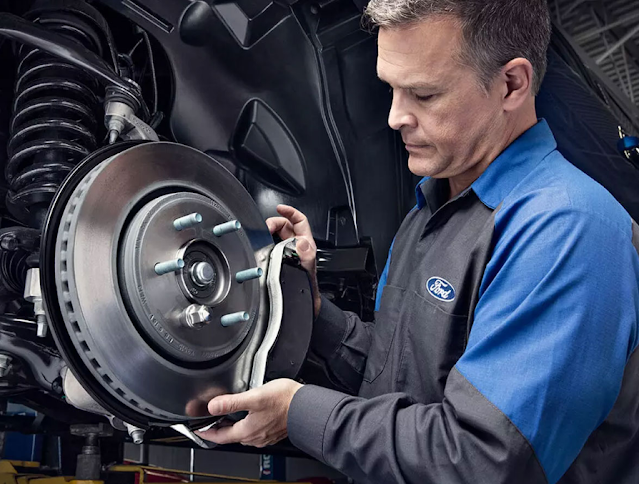Exploring Melbourne | Taxi Cabs: A Comprehensive Guide
In the vibrant city of Melbourne, taxis serve as a vital component of the transportation network, offering residents and visitors alike a convenient and efficient means of getting around. Known for their iconic yellow color and ubiquitous presence on city streets, Melbourne taxi cabs play a crucial role in providing accessible, reliable, and flexible transportation options. This article explores the various aspects of Melbourne taxi cabs, from their history and operational details to their cultural significance and future prospects.
History and Evolution
The history of Taxi cabs in Melbourne dates back to the late 19th century when horse-drawn carriages were first used to transport passengers around the city. Over time, these evolved into motorized vehicles, with the first gasoline-powered taxis appearing in the early 20th century. The iconic yellow color scheme, which has become synonymous with Melbourne Taxi Cabs, was adopted in the 1950s, setting them apart from other vehicles on the road.
Operational Structure
Melbourne taxis operate under a regulated system overseen by the Victorian Taxi Services Commission (TSC). This regulatory body ensures that all taxis meet stringent safety and service standards, including vehicle maintenance, driver training, and fare transparency. Taxis can be hailed on the street, booked in advance through phone or mobile apps, or found at designated taxi ranks throughout the city, including major transportation hubs such as Melbourne Airport and Southern Cross Station.
Types of Taxis
In Melbourne, taxis come in various forms to accommodate different passenger needs and preferences. The most common type is the standard sedan, suitable for individual travelers or small groups. Additionally, there are larger vehicles such as station wagons or multi-seater vans that cater to passengers with bulky luggage or those traveling in larger groups. Many taxi operators also offer wheelchair-accessible vehicles to ensure inclusivity for passengers with mobility challenges.
Fare Structure
Melbourne taxi fares are regulated to provide transparency and consistency for passengers. Fares are typically calculated based on a combination of distance traveled and time spent in the vehicle, with additional charges for airport pickups, late-night travel, tolls, and booking fees. Passengers can request an estimated fare before starting their journey to avoid any surprises, and receipts are provided upon request or automatically through electronic payment systems.
Technology Integration
In recent years, Melbourne taxi cabs have embraced technological advancements to enhance the passenger experience. Many taxi operators provide mobile apps that allow passengers to book taxis, track their vehicle's arrival in real-time, and pay securely through integrated payment systems. GPS navigation systems are standard in most taxis, ensuring efficient route planning and minimizing travel time, especially during peak hours or when navigating unfamiliar areas of the city.
Professionalism and Customer Service
Melbourne taxi drivers are known for their professionalism and dedication to customer service. They undergo comprehensive training to ensure they meet high standards of safety, courtesy, and efficiency. Drivers are also knowledgeable about Melbourne's streets, landmarks, and cultural attractions, often serving as informal guides to passengers seeking recommendations or information about the city.
Cultural Significance
Beyond their practical role in transportation, Melbourne taxi cabs hold cultural significance as icons of the city's bustling urban life. The distinctive yellow color and recognizable signage make taxis a familiar sight on Melbourne's streets, symbolizing convenience, accessibility, and reliability.Airport Cabs are an integral part of the city's fabric, catering to diverse demographics and contributing to Melbourne's reputation as a global destination for tourism, business, and cultural exchange.
Environmental Responsibility
In response to growing environmental concerns, many Melbourne taxi operators are adopting eco-friendly practices within their fleets. This includes the introduction of hybrid or electric vehicles that reduce carbon emissions and contribute to sustainable transport solutions. By prioritizing environmental responsibility, taxi operators align with Melbourne's commitment to sustainability while continuing to provide essential transportation services to residents and visitors alike.
Challenges and Future Outlook
Like any urban transport service, Melbourne taxi cabs face challenges related to competition from ride-sharing services, changing consumer preferences, and regulatory developments. However, the resilience and adaptability of the taxi industry in Melbourne have enabled it to evolve and innovate in response to these challenges. The future of Melbourne taxi cabs is likely to involve further integration of technology, enhanced service offerings, and continued commitment to providing safe, reliable, and efficient transportation options for the city's growing population.
Conclusion
In conclusion, Melbourne taxi cabs represent more than just a mode of transportation; they are a symbol of convenience, reliability, and cultural significance in one of Australia's most dynamic cities. From their iconic yellow color to their regulated fare structures and commitment to customer service, taxis play a vital role in connecting residents and visitors to their destinations throughout Melbourne. As the city continues to grow and evolve, Melbourne taxi cabs will undoubtedly remain an essential part of its vibrant urban landscape, ensuring that passengers can navigate the city with ease and confidence.




Comments
Post a Comment